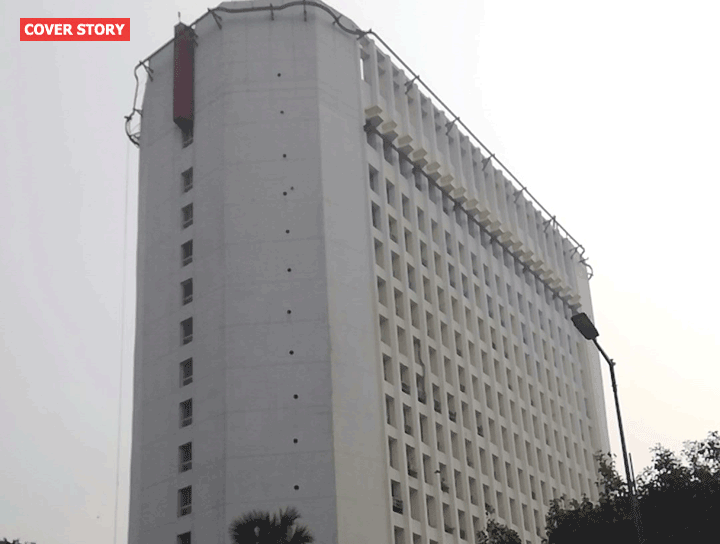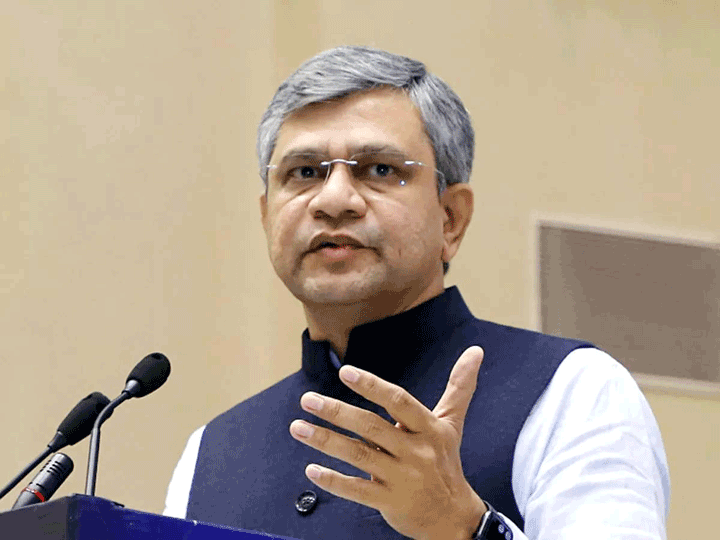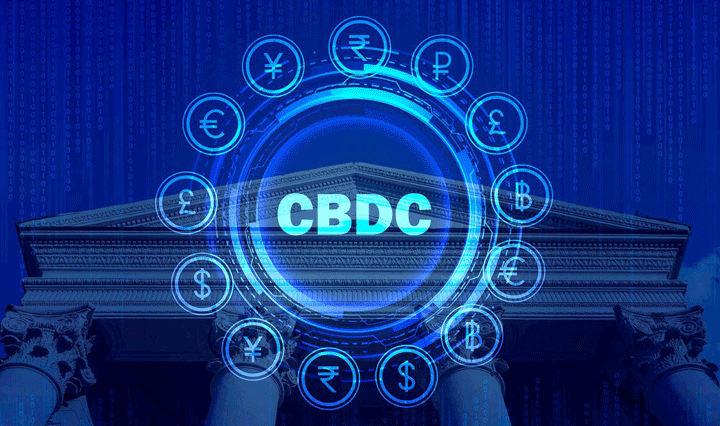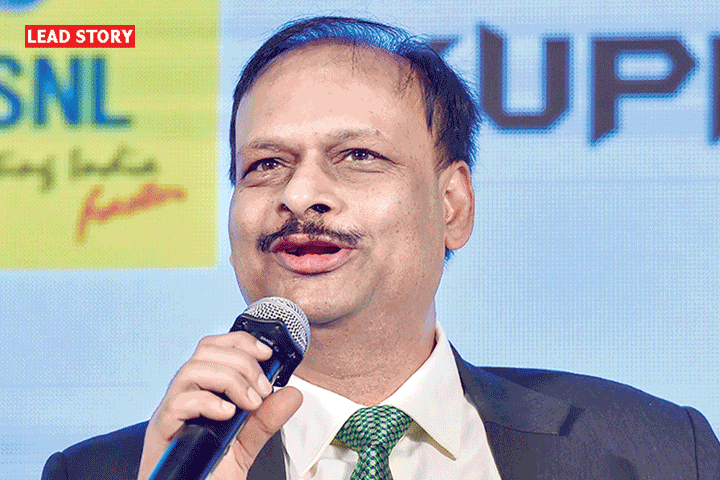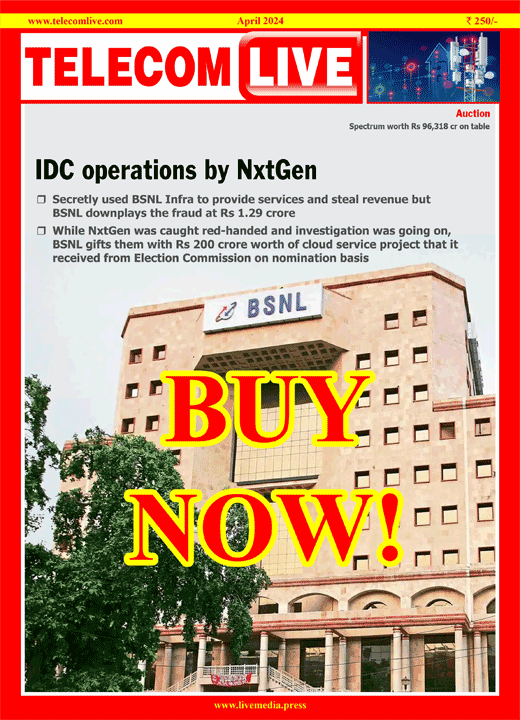Trai issues consultation paper on National Telecom Policy 2018
The telecom regulator has sought views from all stakeholders on the new telecom policy being formulated by the telecom department, which is proposed to be put in place by March.
In the paper issued on Wednesday, the Telecom Regulatory Authority of India (Trai) has asked for views on the structure and contents, clearly outlining the specifics, besides asking for suggestions on any other issue related to policy framework which stakeholders feel are important for growth of telecom sector.
The paper has been issued after DoT sent Trai a reference to give their views in August last year, after which the regulator formed internal working groups and outlined the broad contours of the contents of the policy. The paper now seeks to assemble the views and any counter views, and submit to the government.
“National Telecom Policy-2018 can have twin goals viz. facilitate development of communication infrastructure and services to achieve inclusive socio-economic growth in the country,”
“And to propel India to become the front-runner in the Fourth Industrial Revolution, this policy would set the mission and objectives to be accomplished by the end of calendar year 2022, when India will be celebrating its 75 years of independence,” the regulator added while underlining that the policy would also specify the strategies to accomplish such objectives as well as capacity building in general.
The paper has set out the mission and objectives for the NTP besides outlining common strategies to help India leapfrog to amongst top-50 nations in international rankings in terms of network readiness, communications systems and services, and to attract an investment of USD 100 billion in telecommunication sector.
Among other goals are also attaining average speed of 20 Mbps for wireless and 50 Mbps for wireline internet connectivity, full rural tele density, enabling access for wireline broadband services to 50% households in the country, enabling access for high-quality wireless broadband services at affordable prices to 90% population, to develop 10 million public Wi-Fi hotspots in the country and to achieve 900million broadband connections at a minimum download speed of 2 Mbps, out of that at-least 150 million broadband connections at a minimum download speed of 20 Mbps.

